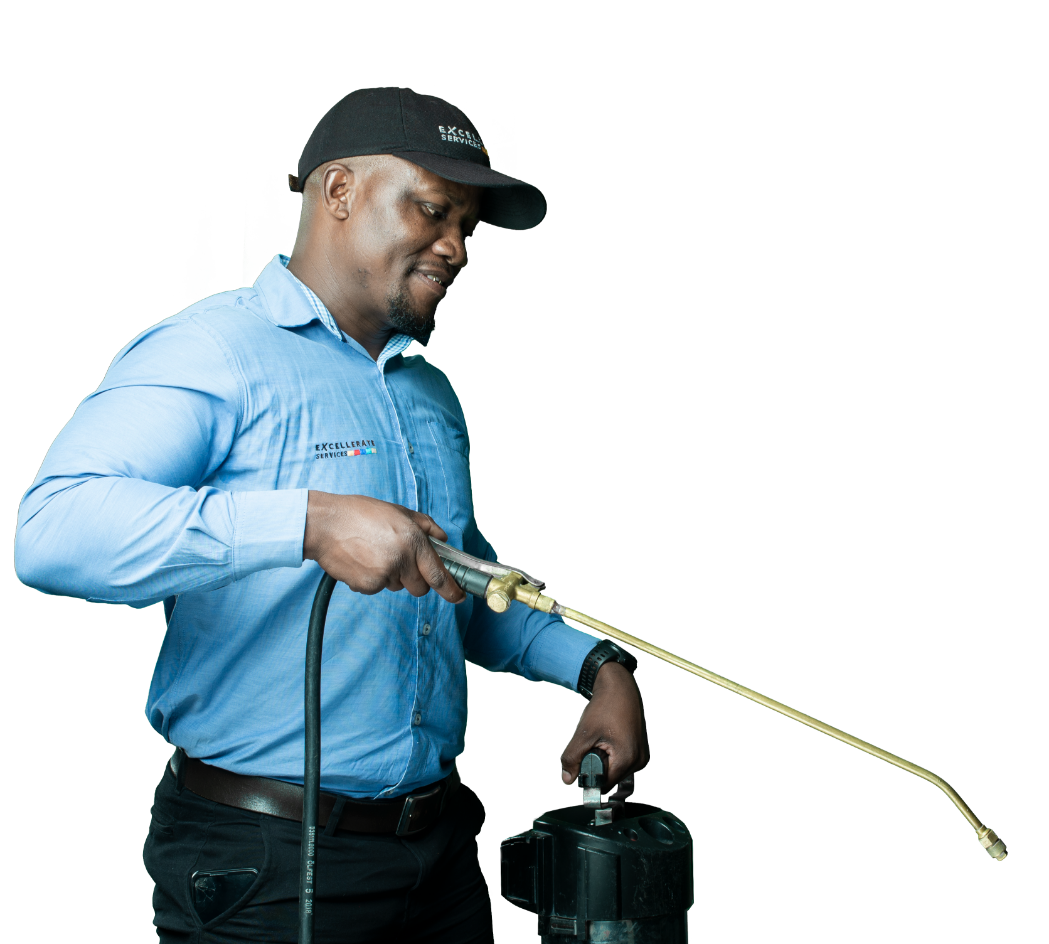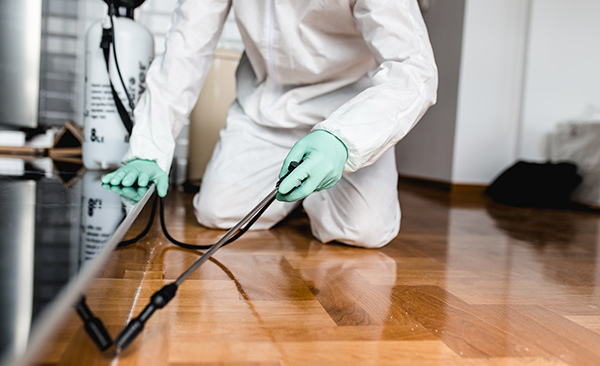Top-rated Pest Control to ensure your property is clean and pest-free.
Eco-Friendly Pest Control Approaches for Managing Wild Animals in Urban Locations
Urban areas frequently find themselves at the intersection of human task and wild animals, resulting in distinct challenges in pest administration. Eco-friendly strategies highlight sustainable coexistence, using strategies such as habitat adjustment and natural repellents to mitigate human-wildlife disputes. These approaches not only safeguard the setting yet additionally boost community engagement in wild animals monitoring. As urban populations remain to expand, understanding the dynamics of wild animals communications comes to be significantly vital. What cutting-edge approaches can be implemented to make certain both environmental balance and city security? Exploring this question reveals an engaging landscape of potential solutions.
Understanding Urban Wild Animals Characteristics
Recognizing Urban Wildlife Characteristics is crucial for creating efficient and green parasite control techniques. Urban areas are progressively coming to be environments for different wild animals types, driven by aspects such as habitat fragmentation, food schedule, and human encroachment. Recognizing these dynamics permits for a nuanced strategy to pest management that lines up with eco-friendly principles.
Urban wildlife usually consists of varieties such as raccoons, squirrels, and birds, which adapt to city atmospheres, finding particular niches in eco-friendly rooms, parks, and also houses. Their existence can result in conflicts with people, particularly when they make use of personnels for food and sanctuary. Recognizing the behaviors and eco-friendly roles of these varieties notifies techniques that reduce negative communications while promoting biodiversity.
Moreover, recognizing the interdependencies within city communities helps in recognizing vital locations for habitat conservation and reconstruction. This knowledge contributes to the advancement of incorporated insect monitoring (IPM) strategies that think about the eco-friendly equilibrium, consequently minimizing dependence on harmful chemicals. By cultivating coexistence in between human beings and urban wild animals, cities can develop healthier settings that benefit both citizens and regional communities, leading the way for sustainable metropolitan living.
Natural Repellents and Deterrents
Natural repellents and deterrents provide a sustainable option to traditional bug control techniques by utilizing the power of nature to keep unwanted varieties away. These environment-friendly options generally use plant-based ingredients, vital oils, and other normally happening substances that prevent pests without damaging the environment.
One effective natural repellent is peppermint oil, which is recognized to fend off rodents and pests. Its strong fragrance is undesirable to lots of insects, making it a prominent option for metropolitan settings. Vinegar and citrus peels can offer as deterrents, as their solid odors are commonly unattractive to numerous wild animals.
Additionally, diatomaceous planet is an all-natural powder that can be spread out in areas prone to bug activity, successfully dehydrating and preventing bugs without posing threats to non-target varieties. In addition, garlic sprays and neem oil are acknowledged for their capability to push back a large range of pests, consisting of both insects and bigger wild animals.
Carrying out these natural repellents not just reduces reliance on chemical pesticides yet additionally advertises a much healthier city ecosystem, cultivating a more balanced conjunction between people and wildlife. By utilizing these strategies, urban areas can effectively take care of parasite populations while minimizing environmental impact.
Environment Adjustment Strategies
Effective environment adjustment methods play a critical role in lasting pest administration by modifying the atmosphere to make it much less helpful to pest problems. By recognizing the eco-friendly characteristics of metropolitan locations, homeowner can carry out tactical alterations that prevent bugs while promoting biodiversity.
(Mosquito Treatment)One main method involves keeping appropriate hygiene. This consists of regular waste removal, securing trash bins, and removing standing water to lower breeding sites for insects and rodents. Additionally, landscape design practices such as her latest blog choosing indigenous plants can improve ecological equilibrium, offering environments for useful microorganisms while decreasing sources for parasites.
An additional important method is to secure entry points in buildings. Evaluating and fixing splits in foundations, wall surfaces, and windows can significantly decrease insect access. Creating physical obstacles, such as fences or plant barriers, can hinder wild animals motion into human-inhabited locations.
Integrated Insect Management Practices
Building upon environment alteration techniques, integrated parasite monitoring (IPM) techniques provide a holistic strategy to managing pest populaces while reducing ecological impact. IPM integrates various methods, consisting of organic, social, mechanical, and chemical controls, to attain reliable bug monitoring.
Biological control involves the intro of natural killers or parasites to minimize pest populations. Cultural techniques, such as plant turning and hygiene, interfere with pest life process and decrease their habitats - Pest Control. Mechanical controls, like catches and barriers, give immediate remedy for insect stress without chemical treatment
Chemical controls are utilized as a last resort, concentrating on targeted applications that limit harm to non-target species and the setting. The option of eco-friendly chemicals, when necessary, is important to the IPM framework. Furthermore, keeping an eye on insect populations and assessing possible damages helps educate decision-making, making certain that interventions are prompt and efficient.
Neighborhood Involvement and Education

(Barn Fly Control)Workshops and informational sessions can outfit homeowners with expertise concerning indigenous species, habitat preservation, and reliable non-toxic pest management methods. Partnership with colleges, local organizations, and government companies better boosts educational outreach, making sure that essential info reaches diverse audiences.
Moreover, community-led initiatives, such as neighborhood clean-up days and environment reconstruction projects, not only advertise biodiversity however likewise strengthen area ties. Pest Control. By motivating citizens to share their experiences and monitorings, neighborhoods can develop targeted techniques that resolve specific local parasite problems
Integrating feedback from homeowners right into parasite management prepares makes it possible for an extra receptive and adaptive method to wildlife challenges. Eventually, notified and engaged communities are essential to accomplishing long-lasting success in environmentally friendly pest control, resulting in healthier metropolitan environments that appreciate both human and eco-friendly requirements.

Verdict
In final thought, environmentally friendly pest control comes close to offer sustainable services for taking care of city wild animals. By focusing on habitat alteration, using all-natural repellents, and carrying out incorporated pest administration methods, neighborhoods can foster an unified conjunction with neighborhood animals.